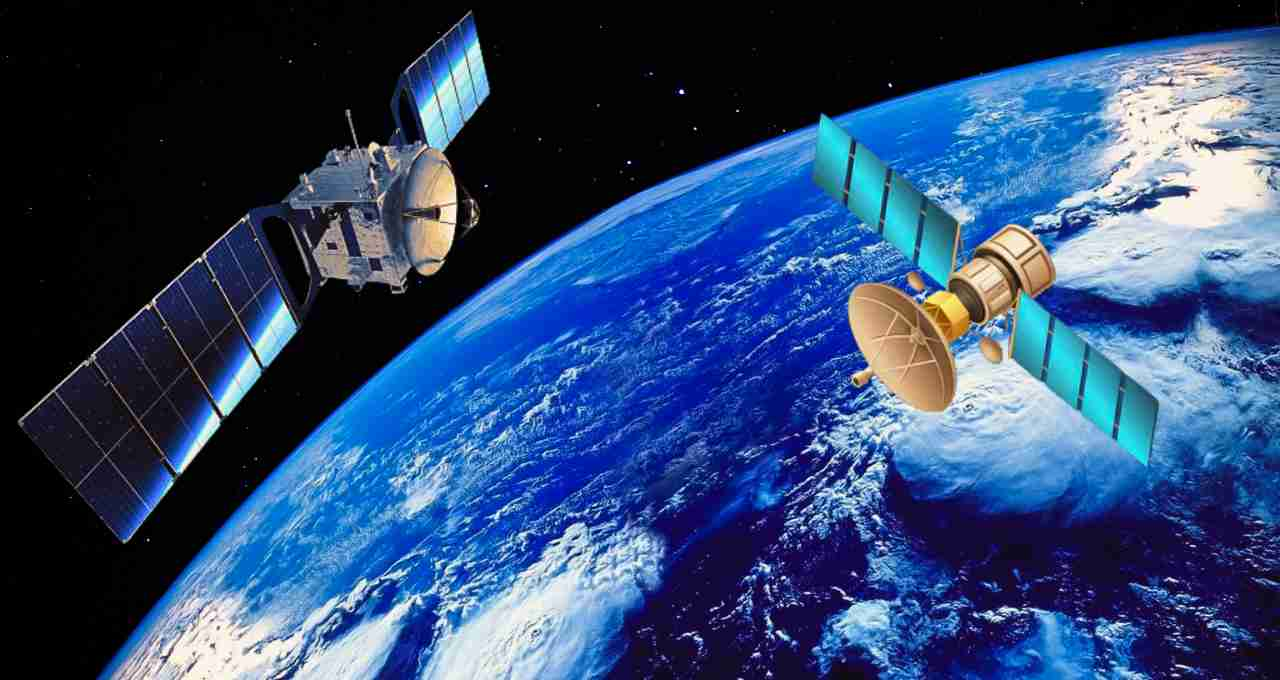SpaceX expanded its internet service coverage by launching 26 new Starlink satellites. High-speed connectivity will now be available even in remote areas. This technological achievement further strengthens the global broadband network.
On June 12th, Elon Musk's company, SpaceX, achieved another technological milestone. The company successfully launched 26 more satellites as part of its global internet project, Starlink. The launch took place from Vandenberg Space Force Base in California, a significant step in SpaceX's global internet strategy.
Starlink Mission 15-6: 26 New Satellites Enter Orbit
At 9:54 PM EDT on June 12th, a Falcon 9 rocket launched, successfully deploying the satellites into low Earth orbit an hour later. The booster used, B1081, had already completed 14 flights, making this its 15th successful launch.
This mission marked SpaceX's 15th reused flight and its 72nd Falcon 9 launch overall. Of these, 53 launches have been dedicated solely to the Starlink network.
Over 7,600 Starlink Satellites Now in Space

With this latest launch, the number of active Starlink satellites has surpassed 7,600. This demonstrates that SpaceX's megaconstellation has become the world's largest and most active satellite network.
The network's primary objective is to deliver high-speed, low-latency internet access to every corner of the globe – particularly to areas currently underserved by traditional networks.
High-Speed Internet Now Reaches Remote Areas
Starlink's most significant advantage is its ability to provide internet access to areas lacking fiber networks or mobile towers. Users can now access the internet from virtually anywhere using small dish antennas and mobile phones.
The system utilizes Direct-to-Cell technology, enabling smartphones to connect directly to satellites. In the future, this technology could revolutionize text messaging, basic internet access, and GPS-based services.
SpaceX's Dual Strategy: Coverage and Redundancy

Elon Musk's ambitious plan isn't limited to internet coverage; it also focuses on making the network more stable and reliable.
SpaceX continuously adds new satellites to increase redundancy, ensuring uninterrupted service even if one satellite fails. This is particularly valuable for emergency communications, in-flight connectivity, and rescue missions.
Falcon 9 Booster's 15th Successful Flight
This mission also highlighted the Falcon 9 booster, codenamed B1081. This booster had already completed 14 spaceflights, making this its 15th mission. Thanks to SpaceX's reusable rocket technology, the booster successfully landed on the droneship 'Of Course I Still Love You' in the Pacific Ocean.
This technology not only reduces launch costs but also minimizes environmental impact. SpaceX claims its Falcon 9 booster currently holds a record of up to 28 flights.
Future Plans?
SpaceX's plans are far from over. The company is preparing for dozens more launches in the near future. In the coming months, more satellites will be added to the Starlink network, expanding its capacity and service area.
Simultaneously, the company is working to obtain legal approvals for Starlink service in other countries to expand global user access.














